What does an architect really do? An in-depth look with insights from industry professionals
Written by
11 August 2024
•
11 min read
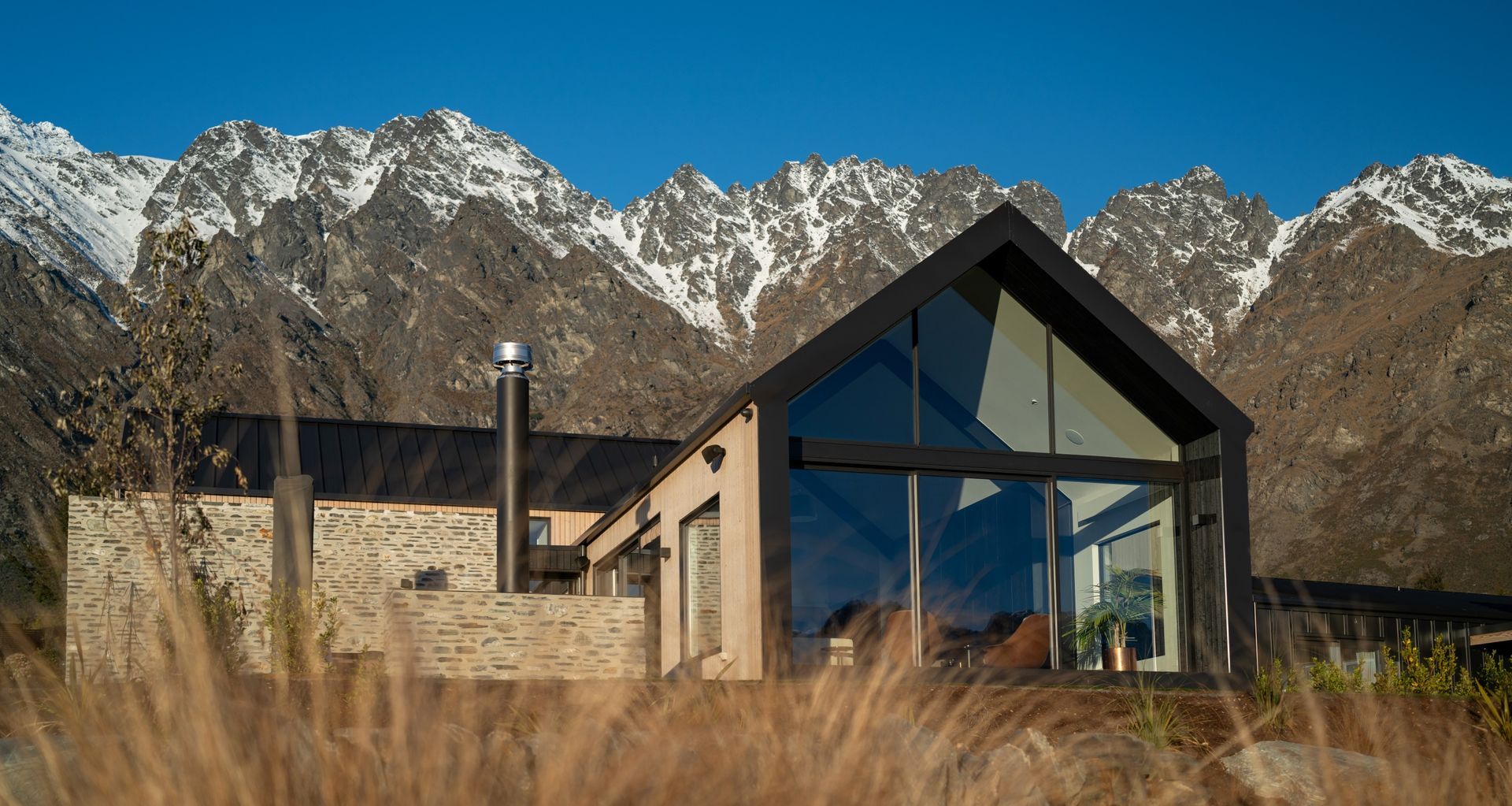
If you're about to embark on a building project for a new home or office, or even an extension or renovation, chances are you'll need the skills and services of an architect. Knowing what an architect does is crucial in this context as it'll allow you to set realistic expectations and help you make an informed final decision. As you'll soon discover, their role encompasses a broader scope of responsibilities than you might realise making your choice, that much more important.
The making of an architect
Before getting into the detail of what an architect does, it's helpful to understand what one has to actually go through to become a qualified architect in New Zealand.
Firstly, an individual will typically follow an educational pathway that includes a 3-year Bachelor of Architectural Studies (or equivalent) followed by a 2-year Master of Architecture (Professional) at an accredited university. On top of this, they'll need 3 years of professional experience before they can register as an architect. This is done through the New Zealand Registered Architects Board in a fairly rigorous process, and the registration has to then be renewed every 5 years.
Beyond this, architects must have strong creative and artistic talents combined with practical problem-solving skills which allow them to design functional and stylish spaces. They must be detail-oriented, be able to think critically and spatially, and possess strong analytical abilities to balance technical requirements with design aspirations. Effective communication and collaboration skills are also essential, and they need to be resilient with the ability to adapt, as projects frequently involve navigating challenges and changes throughout the design and construction process.
"I always drew growing up, so I went to university and did sciences. I was hopeless at it so I thought architecture would be a good way to keep drawing. I didn’t have a good eye at all, my first 2 years at architecture school I was rubbish but I found my feet towards the end, these things take time." - John Irving of Studio John Irving Architects
Related article: 10 questions with John Irving of Studio John Irving Architects
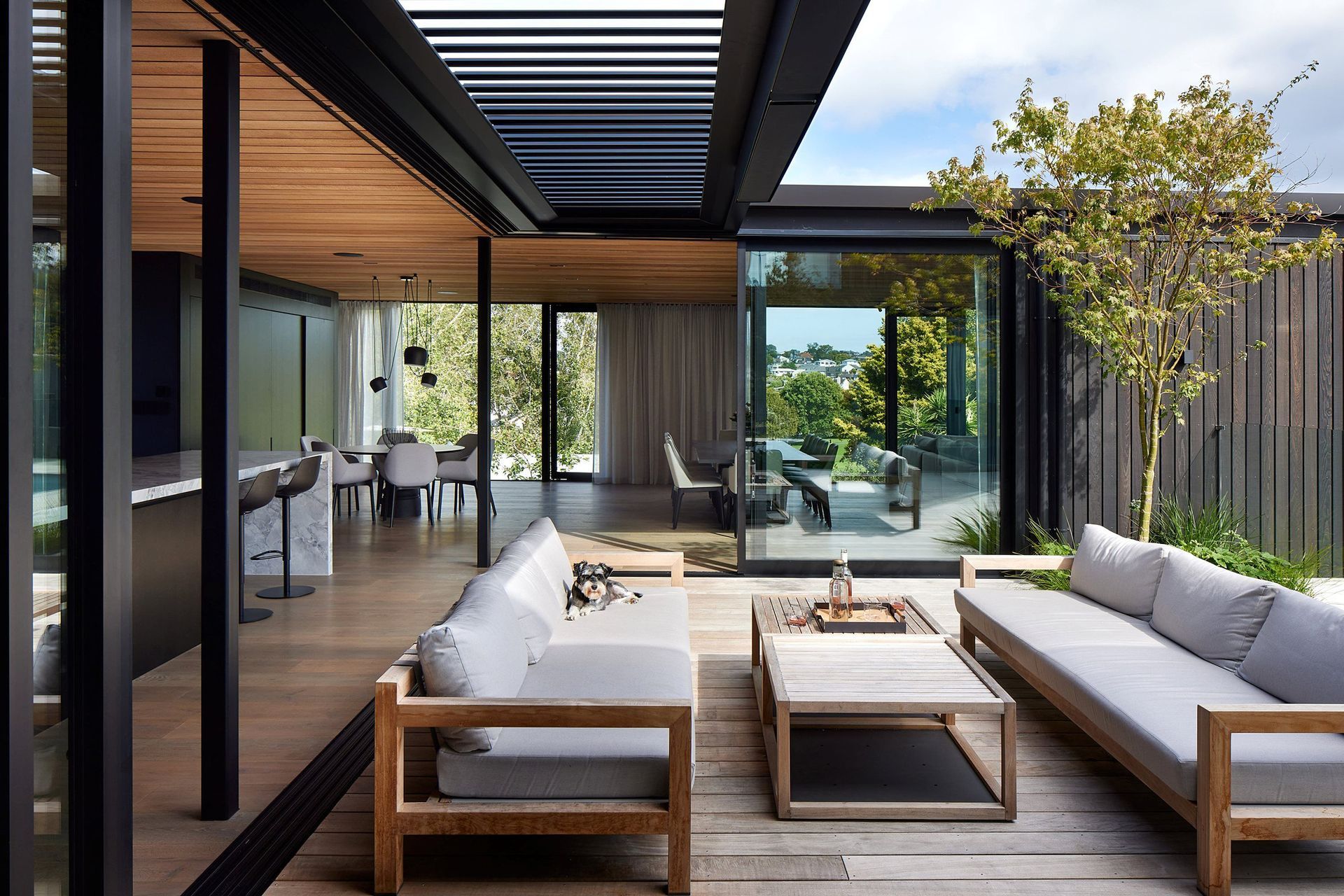
The role of an architect
An architect plays a pivotal role in designing and overseeing the construction of buildings and spaces that are both functional and aesthetically pleasing, while also ensuring compliance with local building codes and environmental standards. They work closely with clients to understand their needs and visions, translating these into detailed architectural plans and specifications.
Architects will also collaborate with engineers, contractors, and other professionals to coordinate all aspects of a project, from initial design through to construction and completion. They can be responsible for managing project timelines, and budgets, and ensuring that the finished structure meets the highest standards of safety, sustainability, and design excellence.
"We don’t just design the shell of the building. We design the rooms and items which also make up the architecture: like the kitchen and cabinetry, pool and fireplace. We look at materials and colours – we think these spaces greatly affect your love for your home and reflect the way you like to live. These elements are often where we like to push the creative barriers to add vibrancy and fun. We love colour, both bold and subtle and enjoy bringing it into interior elements." - Eva Nash of Rogan Nash Architects
Related article: 10 questions with Eva Nash of Rogan Nash Architects
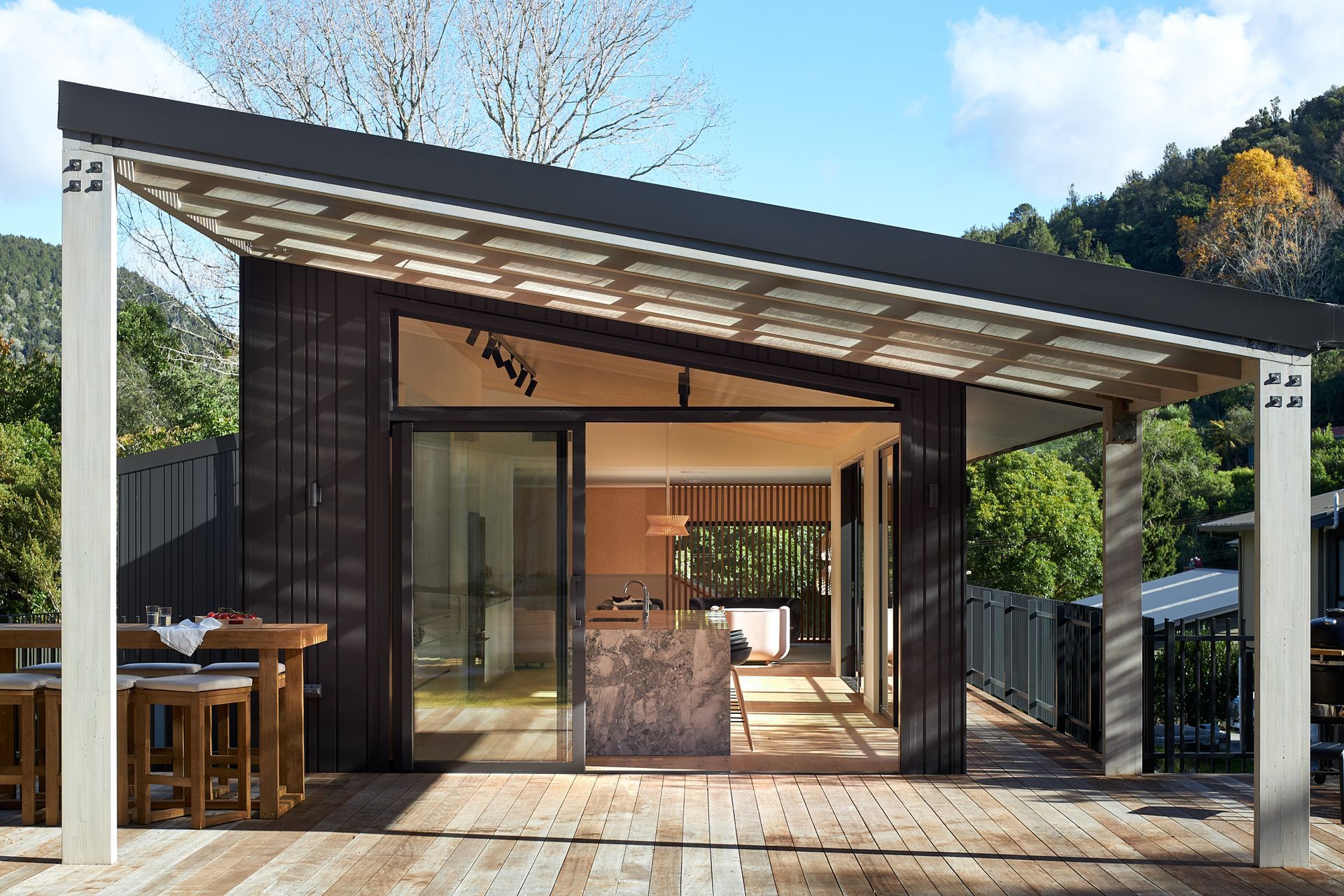
Types of services that are typically offered by an architect
As you can already see, architects are versatile, multi-skilled professionals — something that is also reflected in the number of services they offer, covering the entire lifecycle of a building project. These can include:
- Conceptual design
- Detailed design and documentation services
- Project management
- Site analysis and feasibility
- Building consent and compliance
- Interior design and product selection
- Environmental design and sustainability
- Post-construction services
“We offer a comprehensive suite of services encompassing master planning, feasibility studies, interior design, fixture and fitting selections and landscaping. We also manage various consultants, including quantity surveyors, land surveyors, geotechnical experts, structural engineers and planners/resource consent specialists. Our expertise extends to H1 thermal performance upgrades, weather tightness solutions, sustainability initiatives and promoting re-use practices. With meticulous attention to detail, we encourage efficient project management and programming consistency and quality throughout the renovation process." - Kate Harford of Hark Architects
Related article: The indispensable role of architects in your home renovation
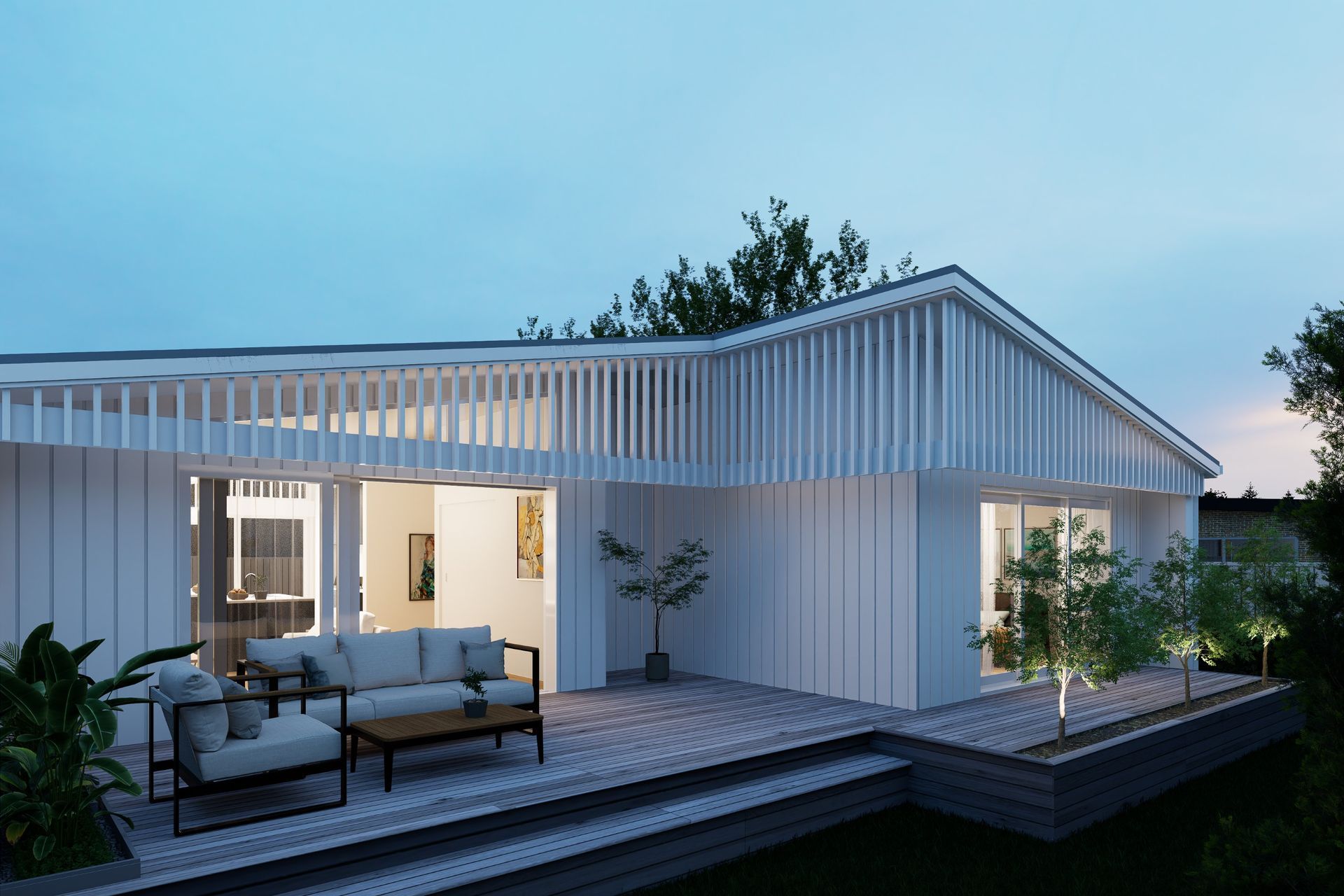
Projects an architect will work on
While architects are primarily known for the architecturally designed homes and buildings they create, the scope of projects they work on in practice is vast. This includes (but is not necessarily limited to) the following:
- Home renovations and extensions
- New build homes
- Office buildings
- Retail spaces
- Mixed-use developments
- Schools
- Hospitals
- Government facilities
- Factories and warehouses
- Hospitality and tourism projects
- Transport and infrastructure
"I quickly realised that when you’re doing alterations to somebody’s home you have to be 150% professional for that client. Commercial work is a little bit more objective, but domestic work and working for clients is extremely personal. It matters hugely— so I knew that I had to treat each client with the utmost respect, and I found that I was in a position to give them such delight!” - Judith Taylor, former President of the New Zealand Institute of Architects
Related article: Women in architecture with Judith Taylor
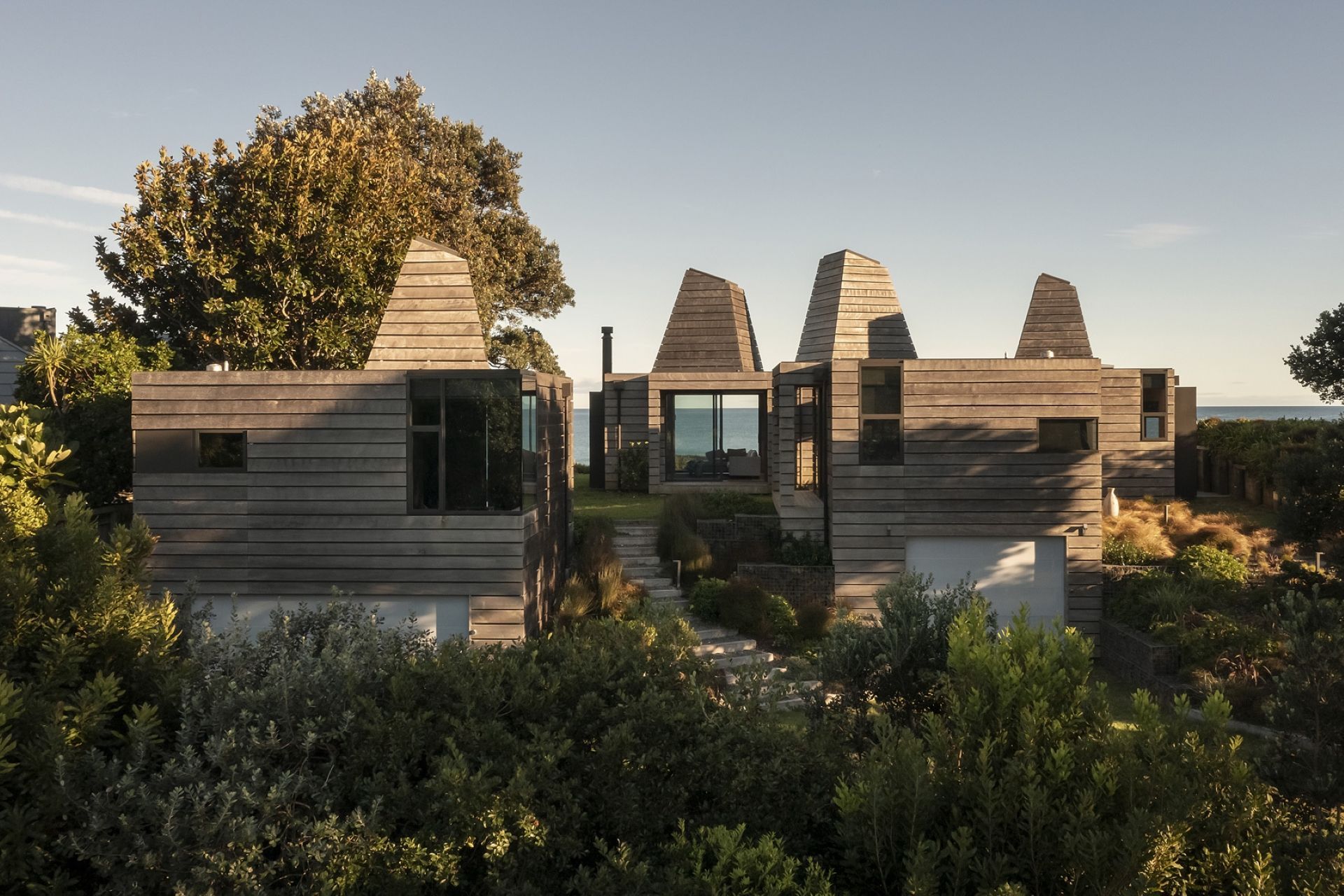
An architect's process of working
Understanding the process or how architects work helps paint the picture of what your potential working relationship will look like. While this will vary somewhat between different professionals, they will generally work in the following way.
1. Initial consultation and design
In the initial consultation and design phase of a new home build project, the architect meets with the client to understand their vision, lifestyle needs, and budget, gathering essential information to shape the project. Together, they explore design ideas, discuss site conditions, and address any specific requirements or preferences the client may have. The architect then translates these discussions into initial sketches or conceptual plans, which form the foundation for the detailed design and development of the project.
“Typically, it starts with a simple call from a potential client. We encourage them as much as possible to come in and meet with us, maybe over a glass of wine, to talk about their goals and aspirations - the design process is all about collaboration. It can also be quite a journey! Meeting in person means we can work to establish a connection together, which is really important to us.” - Jerome Buckwell of Crosson Architects
Related article: Do I need an architect to help design my home?
2. Detailed planning and documentation
Once the architect has developed the initial concepts, they turn these into comprehensive architectural plans and technical drawings, ensuring all aspects of the design are fully specified and aligned with the client's vision. These documents include detailed layouts, material specifications, and structural elements, serving as the blueprint for construction and ensuring compliance with building codes and regulations. The architect works closely with the client to finalise these details, making adjustments as needed.
"Each client will have their own comfort levels in terms of reading and understanding drawn information. For example, can you read a plan or a construction detail? Understanding what drawings you can expect, to what level of detail, and when you’ll receive them will help you on your journey through the design process. Most architects will use the standard New Zealand Institute of Architects Agreement for Architectural Services as a contract between architect and client, which will give a detailed breakdown of services and deliverables tailored for your project.” - Ben Hudson of Ben Hudson Architects
Related article: 7 Questions to ask your architect

3. Collaboration and construction
An important aspect of the process is the architect's collaboration with contractors and specialists to ensure all technical aspects of the design are feasible and integrated smoothly into the project. This involves aligning the architectural plans with structural, electrical, and plumbing requirements, as well as ensuring that the construction team fully understands the design intent. The architect will usually remain in close communication with the client and all professionals involved, managing any adjustments or problem-solving when needed to keep the project on track and within budget.
“The foundation of a successful project comes down to selecting a good builder. My advice is to choose an experienced professional who not only comprehends intricate designs, but also possesses the ability to read and interpret plans with precision. A skilled builder is essential for turning your vision into reality.” - Brendan Scott-Woods of Arcform
Related article: Architect shares expert advice for a smooth, stress-free first home build
4. Project management, completion and handover
In many projects, the architect will manage the overall coordination, including timelines, budgets, and team collaboration. They ensure that all phases of the project flow smoothly, from design through to construction, and that the project remains on schedule and within budget.
Once construction is completed, the architect conducts a final inspection to ensure everything meets the required standards and the client’s expectations. They may provide post-construction services, such as coordinating final approvals or managing any adjustments needed after the client moves in. The project is then officially handed over to the client, completing the architect’s role in the process.

Tips for choosing the right architect for your project
Now that you understand exactly what an architect does and the kind of projects they work on, you can start thinking about how that applies to your situation with your own project. These tips will give you that extra little bit of guidance to help you choose the right architect for you.
1. Define your project needs
The first step starts with you, thinking carefully about what you need and want to achieve with your project. Try to outline your project's scope, budget and style preferences. This will make your search for an architect, that much easier as you'll have criteria that can inform your thinking.
2. Research and review portfolios
Look for architects with experience in projects similar to yours by reviewing their portfolios and past work. This will give you a sense of their design style, quality of work, and whether they align with your project goals. Thankfully, this is easy on ArchiPro as each architect has a profile page where you can view all their past projects with options to get in touch with them, quickly and easily.
3. Check credentials and references
It never hurts to do due diligence once you've found an architect you might be interested in. This can quickly be done on the New Zealand Registered Architects Board (NZRAB) website where you can search and see if they are a licensed architect, confirming their registration number and status. Besides this, looking at awards, reviews and testimonials is also a good thing to do. Again, many will have these on their ArchiPro profile.
4. Meet and discuss your project
Arrange consultations with your potential architects to discuss your project. This is a chance to assess their communication styles, enthusiasm for your project, and how well they understand your needs. A good rapport and mutual respect are crucial for a successful partnership so putting in the time here is well worth the investment.
5. Understand fees and services
Before finalising anything, it's important to confirm and clarify the architect’s fee structure and what services are included. As mentioned earlier, these do vary from professional to professional so you need to make sure you understand and are comfortable with the costs and that there’s a clear agreement on the scope of work, timeline, and any extra services that might incur an additional fee before committing.
Understanding exactly what an architect does so you can make the right choice
The more you know about an architect's design style, previous projects and process of working, the better placed you'll be to decide whether they are the right fit for your project. They are arguably the most important hire as part of a building or renovation so be sure to be inquisitive and give the process time, leaving yourself with no regrets during the project and in the years that follow.
Find an architect for your next project with over 350 professionals to choose from on ArchiPro